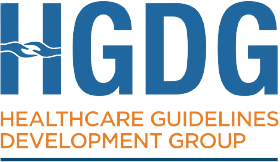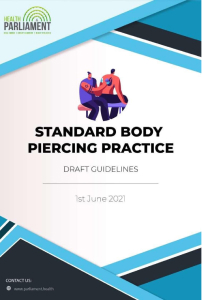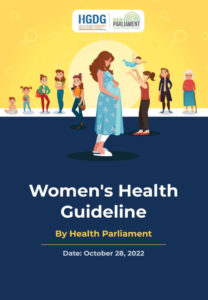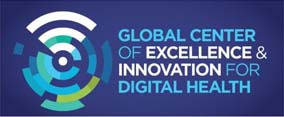Healthcare Guidelines Development Group
Healthcare Guidelines Development Group
Over the past many years, guidelines have become an increasingly important tool to maintain and enhance appropriate practices, cost-effectiveness, uniformity in action across the country’s length, and helping the authorities decide on the approval of standard operating procedures. Any guidelines, developed with an unquestionable decision-making process helps to optimize care outcomes and discourage the performance of ineffective or alarming practices. Guidelines developed from a systematic review of the evidence addresses gaps and provides evidence thus helping in the prioritization of best practices and future research. Guidelines can help avoid inefficiencies and optimise the value of expenditures by identifying unnecessary or unduly expensive practices.

Body Art Practice Guideline
India has made remarkable progress in controlling the epidemic of HIV/AIDS in the country but one sector that remains unrecognised as a potential source of spread of these infections is the body art industry including skin piercing and tattooing procedures as no regulations or guidelines are in place to practice this art form in India, leading to low perceived risk and susceptibility, and unawareness among the tattoo artists. Today the Indian tattoo industry is worth ₹20,000 crores. Despite being a fast-growing industry, it remains an unorganized sector in India.
Download Report
Women’s Health Guideline
Women comprise half of the world’s population and this half of the population is responsible for creating and nurturing next-generation, one after the other. And due to this reason, their health is often looked at majorly from the reproductive aspect only. But every stage of a woman’s life is as important as the reproductive stage. That is why there is a need for guidelines for women’s health that follows the
lifecycle approach covering physical, mental, sociocultural as well as behavioral aspects of health.

Digital Health Practice guideline for Professionals
Post-COVID-19 Digital Health adoption has increased, but it may slow down post-COVID-19, and based on various studies, we believe, the adoption can be boosted with a comprehensive guideline for practitioners of digital health, covering all major aspects of setting up digital health practice, be it for a clinician or an allied health worker. The Digital Health Tactical guideline will cover all the basic components to set up a hassle-free Digital Consultation. The guideline is developed from the perspective of healthcare providers, clinicians and the patients.

Care Homes and Home Care Guideline
We have visited care homes and the quality of services provided vary to such an extent that in some facilities, we are at part with the best in the world and some are ‘business establishments’ masquerading as care homes or de-addiction centres, extracting money from those who need these services. In some of the centers we visited which are taking care of the elderly and those with mental illnesses are not even having a nurse or a qualified healthcare workers and house 40-50 people collecting large sums of money and families pay up as they cannot keep such a patient at home. The objective of this guideline is to provide recommendations regarding various aspects of care delivery at care homes and home care settings and to improve the quality of care that a care home provides.

Global Center of Excellence & Innovation for Digital Health
Global Center of Excellence & Innovation for Digital Health is an initiative that will list innovations in the healthcare space across the continuum of care across governance, finance, and delivery of healthcare services across the world. Global Center of Excellence & Innovation for Digital Health is a platform to convert various islands of excellence existing in pockets into centers of excellence to disseminate best practices and ideas so that the society can benefit from them. Global Center of Excellence & Innovation for Digital Health is working on examining the best practices to develop an “Innovation Tool-Kit” to help healthcare organisations embed innovation in the processes and systems.
The aim is to convert various islands of excellence existing in pockets into centers of excellence to disseminate best practices and ideas so that society can benefit from them.

